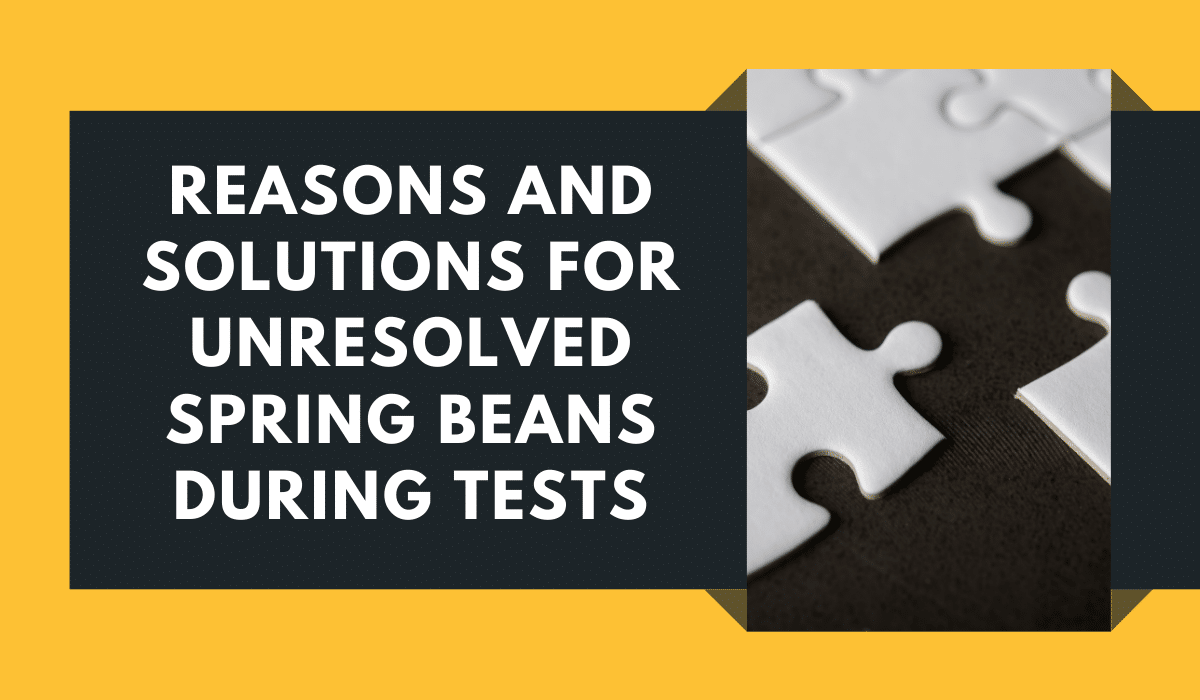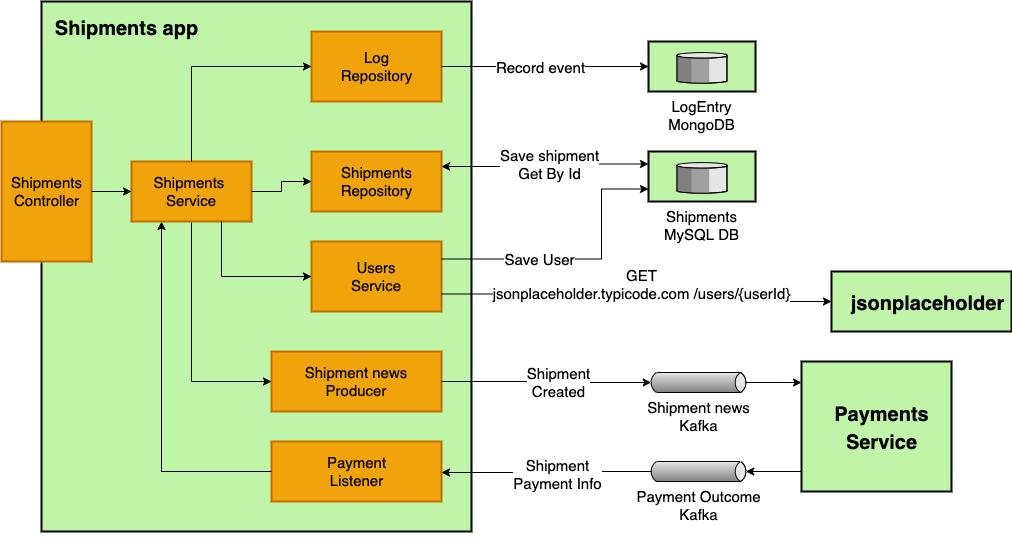Roads & PavementRoads & Pavement
Barefoot
Minimal
Low
Medium
High
Maximal
All around running shoes offer comfort and cushioning for daily runs, jogs, walks, and long mileage. They offer enough versatility for both faster and slower runs and are a great option for those who want one running shoe to do it all.
Fast run or uptempo running shoes are lightweight and responsive. They offer streamlined designs that have minimal uppers and offer a high level of energy return. These shoes are a great option for faster runs in the week or those looking for a livelier experience.
Max Cushion shoes offer premium cushioning with ample ground protection and a stable ride. These types of shoes provide abundant impact protection that softens landings while running at any pace or distance. These types of shoes are best for slower recovery runs and easy days where comfort takes priority.
Racing shoes are designed with optimal performance in mind. These types of shoes have snug-fitting uppers, energetic midsole foams, and features implemented for maximum efficiency. These types of shoes are best for runners looking to gain the ultimate advantage in races but may sacrifice some durability and comfort.
Gym Workout shoes offer a stable and versatile ride. They have a firmer underfoot feeling that provides stability for lateral movements with comfortable uppers. These types of shoes are best for trips to the gyms, cross training, casual wear, and light running. Spock 1.2 hassle free Spring beans mocking in integration tests
Road running shoes feature smooth outsoles that are designed for running on paved surfaces such as roads, sidewalks, and bike paths.
Designed to handle most trail runs, these shoes prioritize comfort and a smooth ride. These shoes are great for anything from smooth singletrack, park trails, and fireroads making them ideal for those who run from their doorstep on streets before hitting the trail.
These shoes are best used for hard, rugged trails such as shale, granite or sandstone where grip on smooth surfaces and underfoot protection are important.
Designed for use in muddy, soggy conditions, these shoes feature very aggressive outsoles that dig deep into soft ground for exceptional traction.
These shoes feature technical outsoles designed to grip snowy and icy trails making them ideal for winter trail running.
Cushioning level, or stack height, refers to how much shoe is between your foot and the ground. For this category, we reference the amount of cushioning below the forefoot as the heel height will be equal to or greater than the forefoot height.
Fix No Qualifying Spring Bean Error For Spring Boot Tests rieckpil
0-13mm. The Shoe generally does not have a midsole and feels like there is no cushioning. This shoe is all about feeling the ground underfoot.
14-18mm. The shoe has a thin midsole that allows for a natural running experience. Racing shoes and minimalist shoes are common here. These shoes offer a feeling of being connected to the road or trail.
19-23mm. The shoe has a slightly cushioned feel and may feature added cushioning technologies. Performance training shoes and some trail shoes are common here. These offer protection during footstrike but prioritize a lightweight, grounded experience.
24-28mm. These shoes have a stack height that fall near the middle of the spectrum.The shoes in this category are verstaile and great for all types of runs and distances.
29-34mm. The shoe has a thick midsole and ample cushioning. These shoes are highly protective and absorb more impact than the body.
35mm plus. The shoe has an extremely thick midsole and extra cushioning. The focus is on protection and soft foam underfoot with hardly any ground feel.
Neutral shoes support the foot through a normal range of arch collapse and generally do not have a built-in technology to correct movement.
Stability shoes are a great option for those who overpronate or need added support. These shoes help to limit the inward rolling motion of the ankle while running or walking and assist in guiding the foot straight through the gait cycle. java Unit testing Service bean which uses Spring JPA but no DB
Product Details:
Spring Bean Lifecycle Full Guide. Ah beans by TheTechDude Medium sale, 1. Introduction to Spring Framework sale, Overriding Spring Beans in Integration Test Baeldung sale, Guide to SpringBootTest for Spring Boot Integration Tests sale, Mastering Testing with MockBean in Spring Boot KapreSoft sale, A guide to input validation with Spring Boot Snyk sale, Bean life cycle in Java Spring GeeksforGeeks sale, Spring Method Replacer Code Factory by Code Factory Medium sale, Spring Boot Test Configuration Guide to Spring Boot Test sale, Optimizing Spring Boot tests Tolgee sale, Spring Boot Testing Tutorial Database Testing with Test Containers sale, Top Spring Framework Mistakes Toptal sale, Spring Boot Applications and Unit Testing Spring Cloud sale, Overriding Spring Beans in Integration Test Baeldung sale, Cucumber Tests in Spring Boot with Dependency Injection sale, Spring Bean Life Cycle. In the context of Spring Framework if sale, Conditional Beans with Spring Boot sale, Spring Boot Test Configuration Guide to Spring Boot Test sale, Difference between Mockito.mock Mock and MockBean annotation sale, Upgrading Spring Security OAuth and JUnit Tests through the of sale, Spring Boot Applications and Unit Testing Spring Cloud sale, java Spring choose bean implementation at runtime Stack Overflow sale, Spring Autowired Annotation GeeksforGeeks sale, Spring integration tests A kickstart to mistreat your software sale, java Unit testing Service bean which uses Spring JPA but no DB sale, Fix No Qualifying Spring Bean Error For Spring Boot Tests rieckpil sale, Spock 1.2 hassle free Spring beans mocking in integration tests sale, How to test a controller in Spring Boot a practical guide sale, Spring Dependency injection in Bean method parameters sale, Spring Boot Test Configuration Guide to Spring Boot Test sale, Mock vs. MockBean When Testing Spring Boot Applications rieckpil sale, How to test a controller in Spring Boot a practical guide sale, 6. The IoC container sale, Spring Boot MockBean Example sale, java Inject spring bean dynamically Stack Overflow sale, Testing Spring Boot Applications Best Practices Simform Engineering sale, Ways to decorate Spring beans QAware Software Engineering Blog sale, Ability to inject Spock mocks as Spring beans Issue 86 sale, When two beans collide Tratif sale, MockBean vs SpyBean in Spring The Ultimate Guide for Mastering sale, java Why is this Spring test trying to autowire beans it should sale, Understanding Spy and SpyBean in Spring Boot Testing by Md sale, java How to override bean with Mock in SpringBootTest Stack sale, java Unit Test or Integration Test in Spring Boot Stack Overflow sale, 5. The IoC container sale, How to test a controller in Spring Boot a practical guide sale, Mock vs. MockBean When Testing Spring Boot Applications rieckpil sale, Spring Boot TestConfiguration Not Overriding Bean During sale, Override bean in Spring Boot 2.1 slice test with nested sale, Javarevisited Difference between Mock and MockBean in Spring sale, Product Info:
Spring test replace bean sale.
- Increased inherent stability
- Smooth transitions
- All day comfort
Model Number: SKU#7511872





